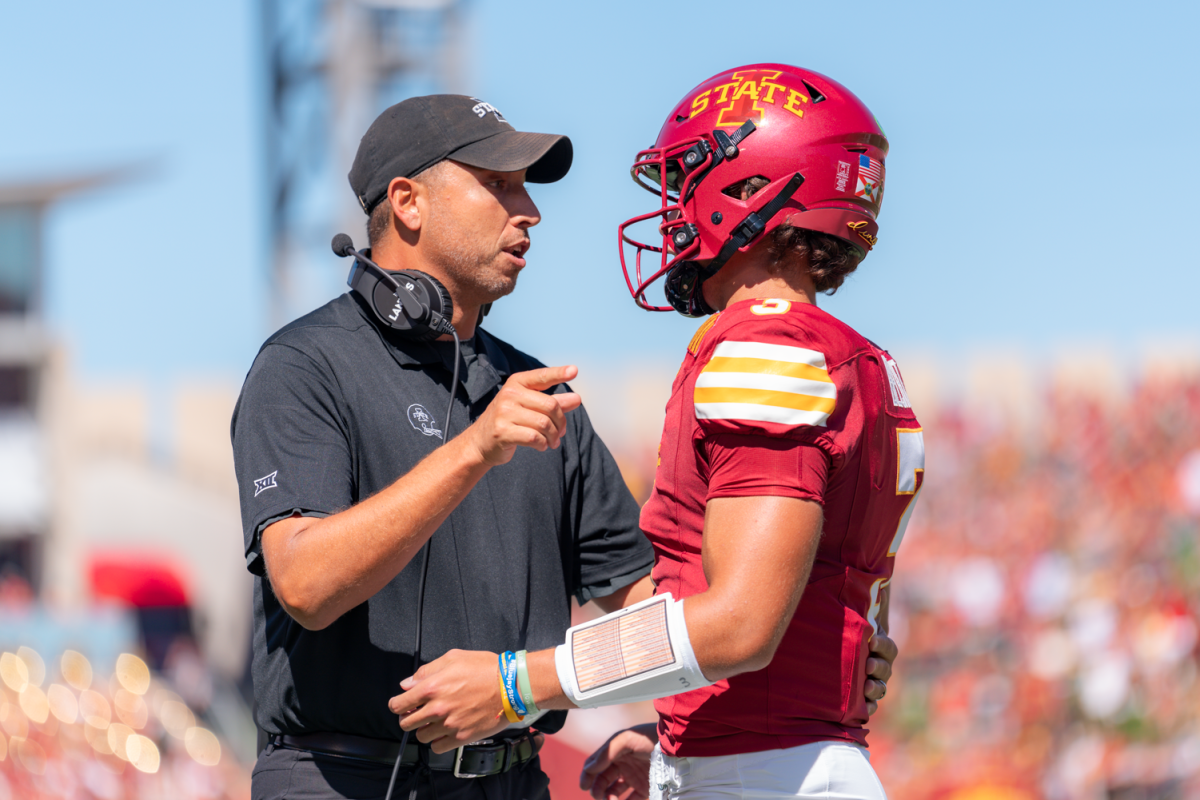Transfer students find adjustment to ISU difficult but worthwhile
February 21, 2000
Of the hundreds of students who transfer to Iowa State each year, some may have a difficult time adjusting to university life, while others thoroughly enjoy the experience.
Transfer students make up about 7 percent of the ISU popluation. Students from area community colleges make up more than half of the total number of transfer students at Iowa State.
Sarah Bocchi, junior in meteorology, transferred from Cottey College in Nevada, Miss. She said she was overwhelmed by the size of Iowa State.
“I remember going into my Meteorology 206 class and thinking, ‘Oh my God, you could fit my entire school in this classroom,'” she said.
Arianna Kem, transfer student from the University of South Dakota in Vermillion, S.D., said the larger size of Iowa State provides students with opportunities not available at smaller colleges.
“The biggest difference for me was that [Iowa State] was a lot bigger school with more opportunities to join clubs and organizations,” she said.
Kem, freshman in pre-journalism and mass communication, also said attending Iowa State gave her access to technologically advanced facilities and lowered her tuition bill. However, she said the huge lecture halls and few day-to-day interactions with professors are disadvantages to a large institution.
Bocchi said she was glad she attended a two-year college first.
“I got a lot of my general education requirements done,” she said. “It helped in the harder classes like physics where I only had four other people in my class.”
Kem said it took her a long time to adjust emotionally to Iowa State.
“It was hard. I just got settled in one place, made friends and got used to the campus, then I switched and started over,” she said.
However, adjusting emotionally was the easiest part of Bocchi’s transfer, she said.
“Emotionally, it was pretty easy because once I got over being away from home the first time, it was a lot easier,” she said.
Academically, there are also some differences when comparing transfer students with non-transfer students, said Juan Davila, pre-business adviser and minority liaison officer.
“Transfer students tend to be more mature, older and have the tools to succeed at Iowa State,” he said.
Yet, when compared with freshmen, transfer students have a 5.6 percent lower retention rate, according to the ISU Fact Book.
Davila said some transfer students may have difficulties adjusting to the new environment at Iowa State.
“[It usually takes them] a semester or two to get adjusted to ISU,” he said.
However, there are several options open to transfer students to make the transition easier, Davila said.
“They should use the resources available, talk to their instructors and faculty, ask questions and work hard.”
Academic colleges also offer special orientation sessions in the spring and fall, designed specifically for incoming transfer students.
Davila said there are both advantages and disadvantages in transferring to Iowa State.
“They can ease their way into a college environment, but they will miss some of the opportunities in regard to extracurricular opportunities from their major,” he said.






